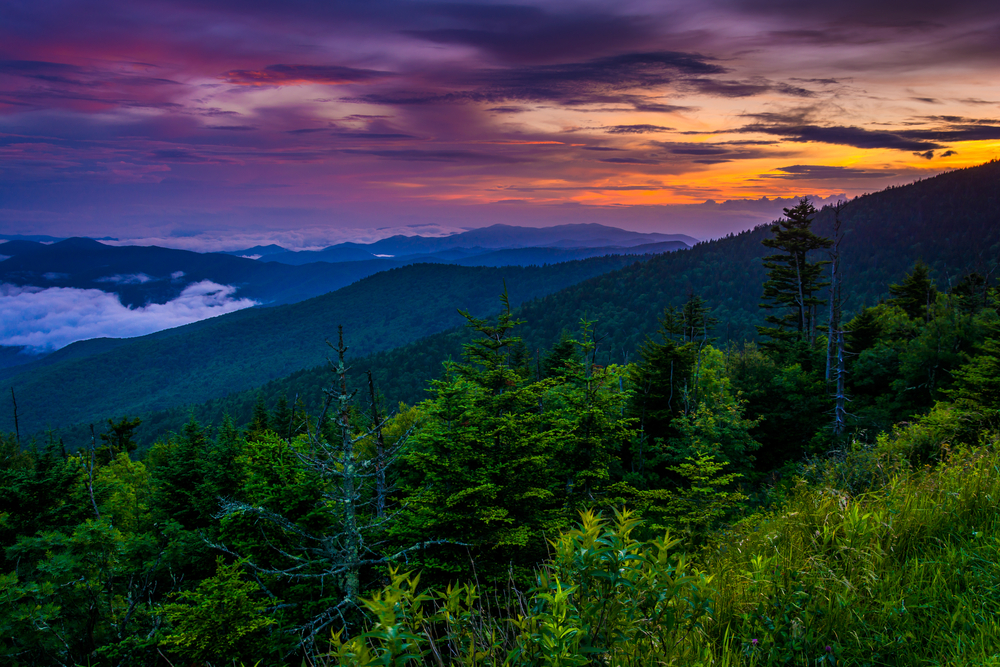Here in the Smoky Mountains, we are very fortunate to maintain a comfortable temperament all year long. It never gets too cold during the winter nor does it get too hot during the summer. The Smoky Mountains weather always makes for a perfect vacation setting.
However, each season does come with its own weather patterns and characteristics. To find out what kind of weather you should plan for during your next vacation to the area, read below!
Winter
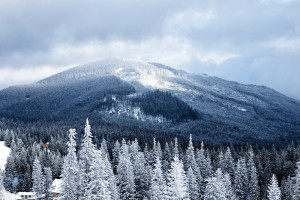 Winters in the Smoky Mountains typically last from mid-November through February. During this time, the temperatures are generally moderate, but you can expect to find a couple of days of extreme weather. However, our extreme is not as much as you would expect to find in northern parts of the country.
Winters in the Smoky Mountains typically last from mid-November through February. During this time, the temperatures are generally moderate, but you can expect to find a couple of days of extreme weather. However, our extreme is not as much as you would expect to find in northern parts of the country.
To put it into perspective, the average lows during the winter tend to stay around the low-50s in the lower elevations and the mid-30s in the higher elevations.
Our average snowfall in the lower elevations stays around 7-8 inches a year, just enough for a snowball fight or to build a snowman. The higher elevations, like around Clingmans Dome, see a significantly higher snowfall in the winter with an average total of over 100” a year.
Although this sounds like a lot, it really means you will be able to enjoy the beauty of the snowcapped mountains in the distance during your vacation, but it won’t affect your travel plans too much.
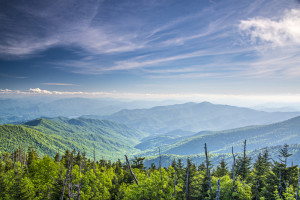 Spring
Spring
Once winter is ready to shed its heavy coat on the area, we are ready for spring and the beautiful wildflowers that come with it. This is also the time of year where all our favorite wildlife start to wake up from their winter naps and return to the forests and coves of the Great Smoky Mountains National Park, thus making this one of the best times to spot a bear or any other of your favorite animals.
The spring Smoky Mountains weather is also one of the most enjoyable times of year in terms of temperature. The highs found during this season are a comfortably within the low 60s and high 70s in the lower elevations and between the high 40s and high 50s in the higher elevations. Please keep in mind, the temperatures may still dip below freezing at night when the sun is set.
Spring in the Smoky Mountains lasts from March to May.
Don’t forget your raincoat! This is the season where you can expect to find the highest amount of rainfall.
Autumn/Fall
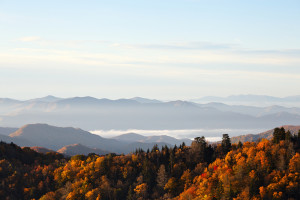 Similar to spring, fall in the Smoky Mountains is known to offer beautiful natural scenery for you to enjoy, including the famous Smoky Mountains fall foliage. September through mid-November is when all of the leaves in the trees change from lush greens to vibrant reds, yellows, and oranges. It is as if the leaves around the area are ablaze with scenic beauty.
Similar to spring, fall in the Smoky Mountains is known to offer beautiful natural scenery for you to enjoy, including the famous Smoky Mountains fall foliage. September through mid-November is when all of the leaves in the trees change from lush greens to vibrant reds, yellows, and oranges. It is as if the leaves around the area are ablaze with scenic beauty.
In terms of temperature, the Smoky Mountains weather in the autumn offers daytime highs in the 70s and 80s at the beginning of the season and finishing out in low 50s and 60s at the end.
Fall is also the driest time of the year with the lowest level of rainfall compared to the rest of the year. This means you won’t have to worry too much about your vacation plans being rained out during this season.
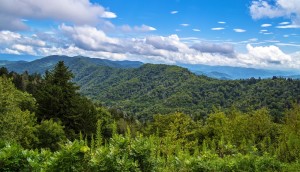 Summer
Summer
Summer is one of the busiest seasons to visit the Smoky Mountains. Kids are out of school, holidays are stacking up and the Smoky Mountains weather is perfect! Between June and August, temperatures rarely go higher than the low-90s in the lower elevations and the mid-60’s in the higher elevation. Meaning, you and your family or group can enjoy a relaxing and comfortable summer vacation. This is wonderful when you consider other vacation destinations in the south that see temperatures well into the triple digits throughout this season.
If you enjoyed reading this, check out our post about Is Mt Leconte Weather Seasonal?

